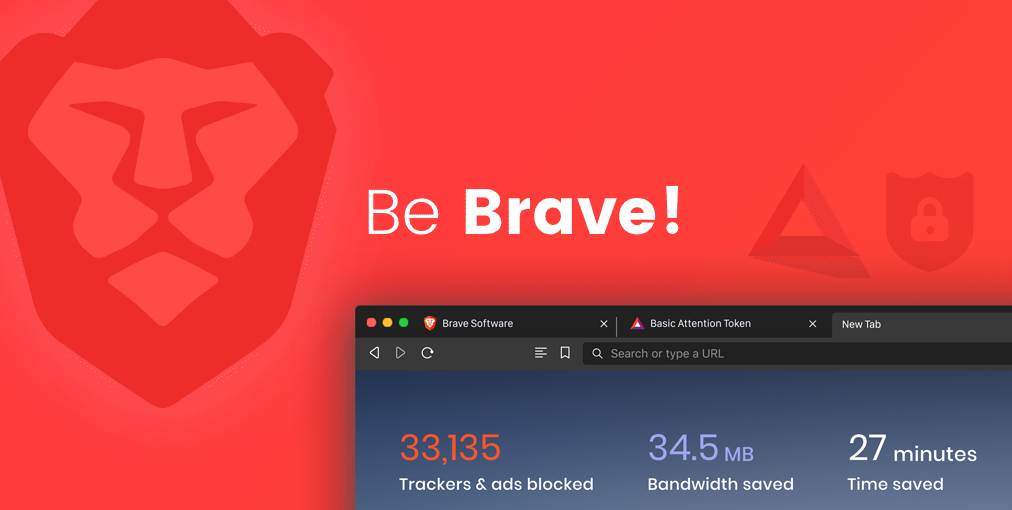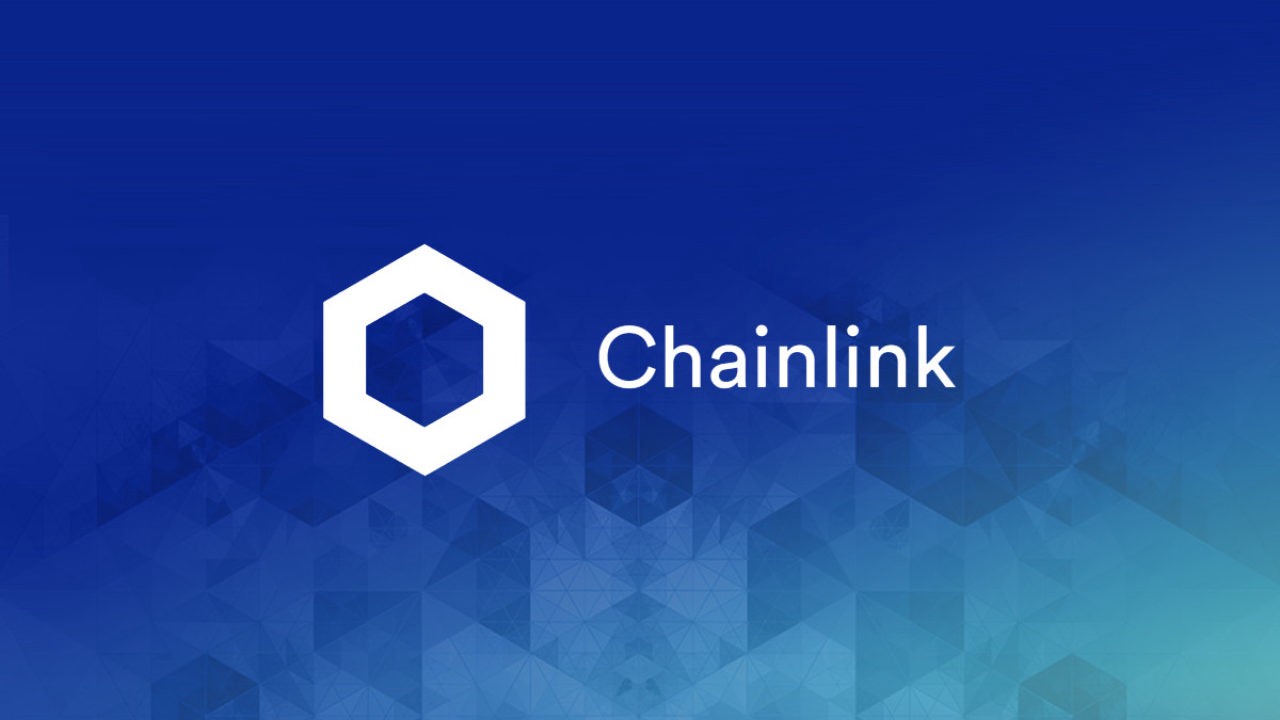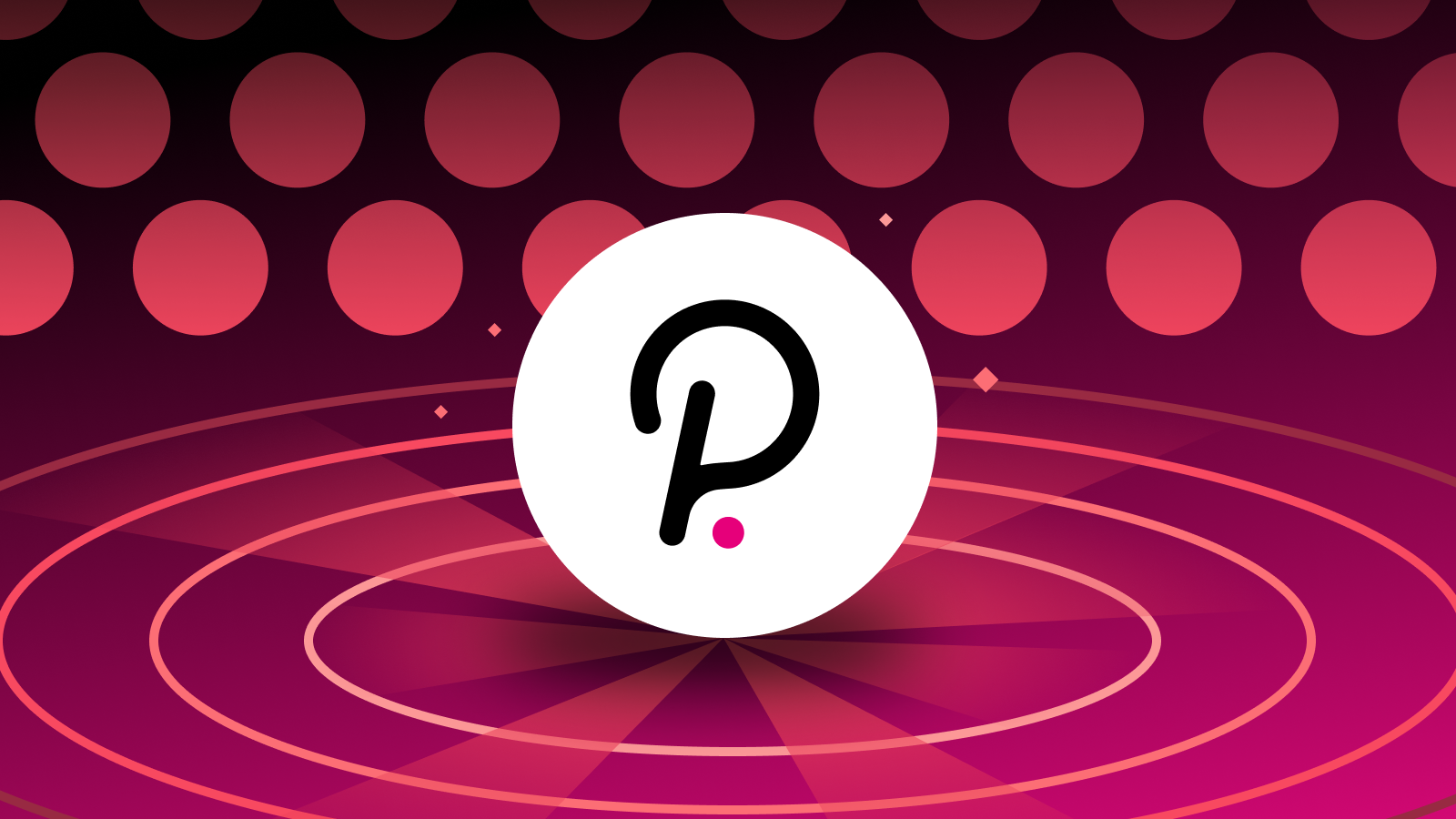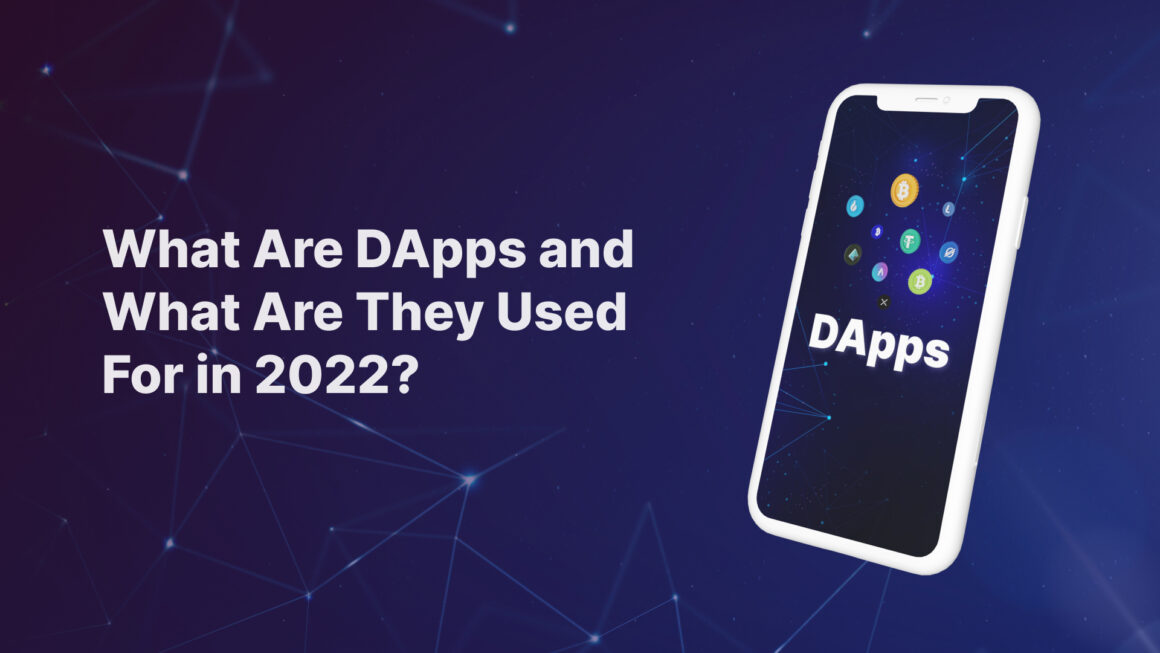Decentralized applications, or dApps for short, are blockchain-based apps that allow you to carry out financial transactions without third parties. In their functionality, they are similar to ordinary apps and offer similar functions, but they have a key difference — they run in a peer-to-peer network.
There are a few more requirements for dApps: transparency and public availability of all transactions, open-source code, and using a cryptographic token to ensure network security. However, some apps only meet some of the requirements or even none.
Today we will tell you what DApps, or decentralized applications, are and how they work. Let’s get started!
How Do Decentralized Applications (DApps) Work?
To understand how dApps work, you need to get an overview of the basic principles of blockchain and smart contracts. Most often, decentralized applications are released on the Ethereum or Binance Smart Chain blockchains. These are network protocols that allow users to create and use smart contracts. Such a contract is programmed to perform certain functions when predetermined conditions are met.
Blockchain and smart contracts eliminate the need for a third party to process transactions between counterparties. This serves to save both money and time and helps increase the confidentiality of transactions.
Smart contracts are not hosted on a single server but are supported by thousands of computer nodes worldwide. Each node contains all the information about smart contracts and what transactions interact with them. The information is constantly updated so that everyone has the same copy. This, in turn, ensures decentralization. Removing one node from the network will not affect the operation as a whole.
So, smart contracts are the main component of dApps. Visually, the application can be anything — a mobile service, a website, etc., but the backend is fully or partially built on a blockchain. So, in the case of Ethereum, a special programming language, Solidity is used; there are also Vyper and Serpent languages. For the frontend, you can use absolutely any language and other tools.
Key Advantages & Disadvantages of DApps
Pros
-
- No downtime in operation, even if some of the nodes fail.
-
- High resistance to censorship.
-
- Open source, which helps developers create new and better apps based on the code of existing ones.
-
- The functionality is not inferior to classic apps, but all actions have a decentralized basis.
-
- Easy integration of cryptocurrencies into protocols.
Cons
-
- A beginner needs time to get settled — to use dApps; you need to select and create a cryptocurrency wallet, then connect using it. There is no regular registration process.
-
- Frequent hacks are a weakness of open source. Hackers have the opportunity to examine the code in detail and look for vulnerabilities.
Top 5 Best DApps to Know
Let’s talk about a few truly revolutionary apps that have greatly benefited businesses and ordinary people. This list includes the most popular protocols and the most innovative and interesting solutions.
To track currently popular dApps, you can use DappRadar or similar aggregators.
#1 Brave

-
- Functionality: browser and ad management system
-
- Token: $BAT
-
- Launch year: 2017
Brave is a browser with an integrated decentralized ad-buying model. It puts a consumer at the forefront and creates a new indicator of value in the world of advertising — ‘consumer attention.’ This is more effective than views or clicks, which are difficult to verify.
Brave co-founder is Brendan Eich, inventor of JavaScript and founder of Mozilla Firefox. The digital advertising blockchain platform allows ecosystem participants (namely advertisers, publishers, and users) to participate in a new business model that eliminates redundant intermediation by rewarding users with $BAT tokens.
#2 Chainlink

-
- Functionality: oracle network
-
- Token: $LINK
-
- Launch year: 2018
It’s an open standard for decentralized oracle data entry that verifies information from external channels. Chainlink offers any smart contract secure access to data channels, APIs, and payment transactions. The oracle can be a database or other source, and Chainlink provides data transfer to smart contracts. This feature is critical so that contracts can automatically respond to changing external circumstances.
#3 MakerDAO

-
- Functionality: minting stablecoins
-
- Token: $MKR
-
- Launch year: 2016
MakerDAO is a decentralized service running on the Ethereum blockchain. MakerDAO is responsible for issuing Dai tokens, a stablecoin whose value is pegged to the US dollar. Anyone can use the protocol to open a collateralized debt position (CDP), lock ETH as collateral, and mint Dai against that collateral.
The LTV ratio is 150%. This means that users can receive up to 66% Dai of the value of their collateral. Positions that fall below this rate risk penalties and liquidation. The liquidated collateral is sold at a 3% discount on the open marketplace.
#4 Uniswap

-
- Functionality: exchange with AMM
-
- Token: $UNI
-
- Launch year: 2018
The Uniswap project, based in the USA, acts as a tool for exchanging Ethereum cryptocurrency and ERC-20 tokens and performs the pool function. Users invest tokens in a smart contract, supplying liquidity for trading, and receive a reward in return.
Uniswap is popular for low trading fees, a non-custodial approach to custody (users are in control of their funds), and a wide range of tokens available for trading.
#5 Polkadot

-
- Functionality: blockchain connection
-
- Token: $DOT
-
- Launch year: 2020
The Polkadot protocol allows multiple blockchains to be connected to a single network, allowing clients to send data or assets to the blockchain of their choice. The network is based on the support of two types of blockchains: the main network called the relay chain and the chains that users create.
The system provides unprecedented economic scalability by allowing the use of a common set of validators to secure multiple chains. In particular, transactions’ scalability is achieved by distributing them over several parallel blockchains.
Conclusion
Compared to classic ones, decentralized applications are still in the early stages of development. However, there are already thousands of such projects offering many services. This has been a big breakthrough since the inception of Bitcoin, when a cryptocurrency was perceived only as a medium of exchange.
Smart contracts, which gained popularity with the advent of Ethereum, really changed the industry and pointed the way forward. Using these tools, developers create apps with various use cases, from games and prediction markets to financial and investment portfolio planning.

Leave a Reply